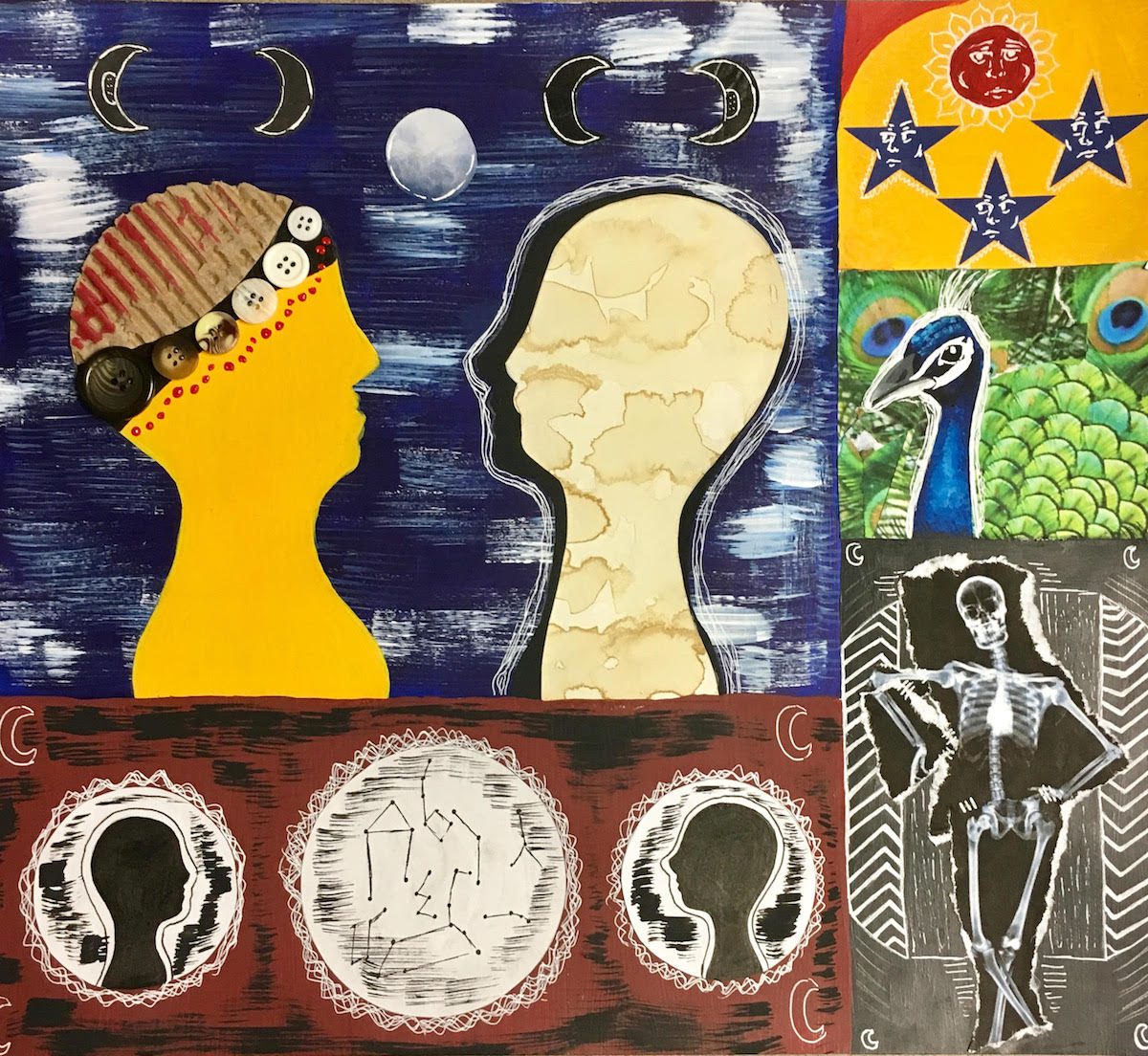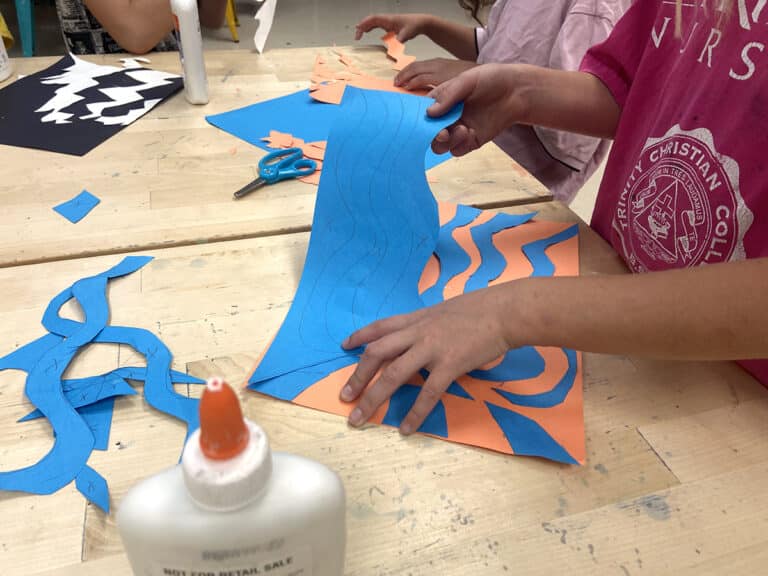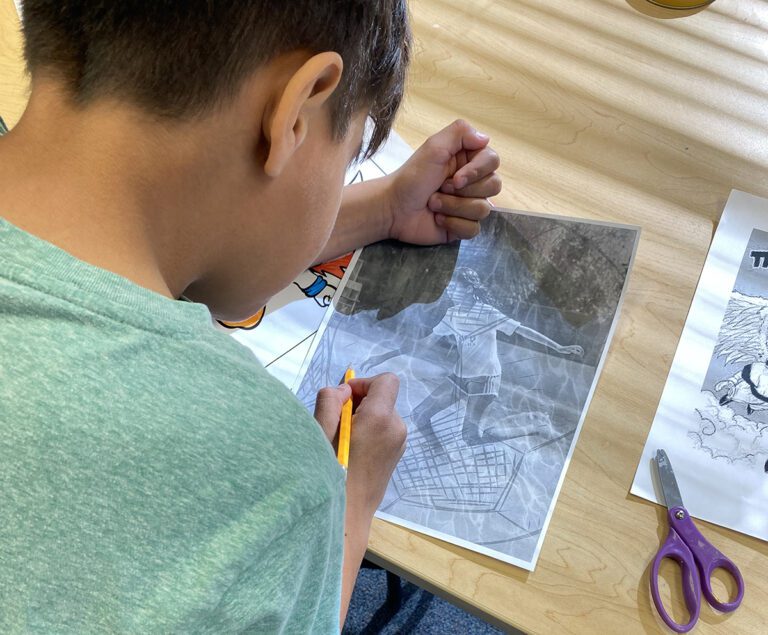I believe it’s fundamentally essential to teach diverse artists throughout the school year. That said, celebrating Black History Month through art can be a compelling experience for your students.
When I taught high school, I had one amazing kiddo named Chelsea who spearheaded our first-ever Black History Month celebration.
Chelsea formed a student advisory group to develop and lead the project. In addition to creating and curating student art to display, the group also worked to bring in local speakers and performers. The event was moving and powerful, and I’d love to share how you can create a similar event for your school.
Here are 7 steps to create a Black History Month celebration at your school.
1. Give your students a prompt or theme.
The first step to this project is hooking your students and getting them excited. You can do this by assigning a theme or an artist as inspiration. In my classroom, students were tasked with creating inspirational pieces based on the work of a master artist. Of course, you could assign a wide variety of themes and have students create drawings, collages, or mixed media pieces as well!
I provided a list of inspiration that included artists like Faith Ringgold, Jacob Lawrence, Betye Saar, Jonathan Green, Radcliffe Bailey, and Romare Bearden. Be sure to include artists who demonstrate a wide range of styles so all of your students can find something inspiring!
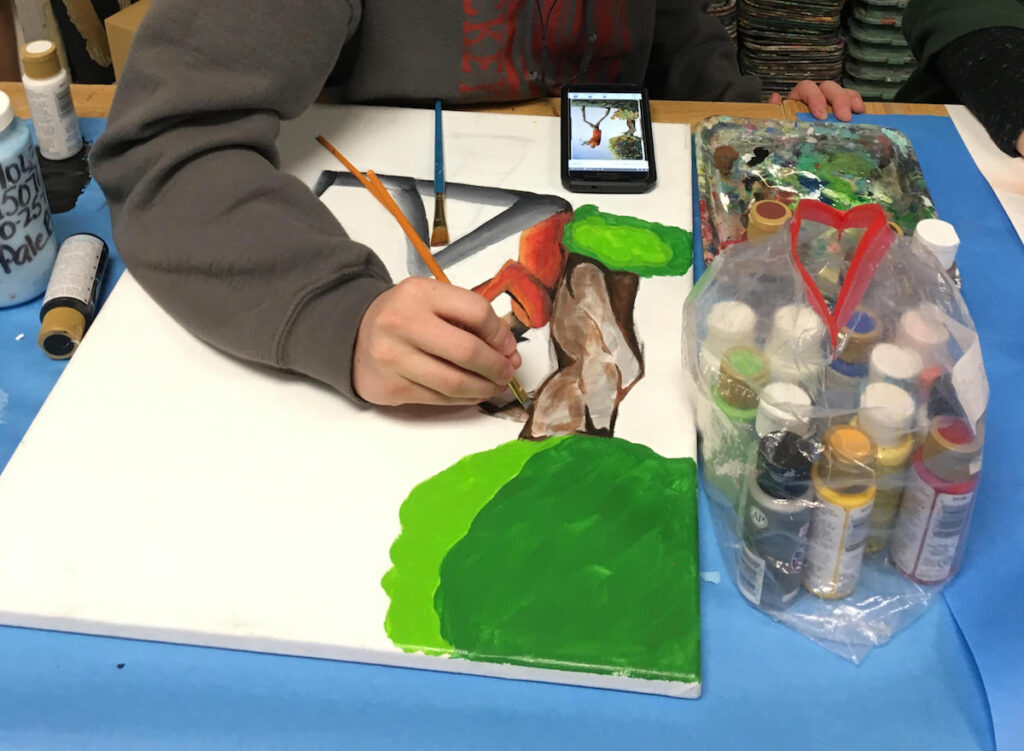
2. Have your students choose an artist to research.
The more we allow our students to research and find what they enjoy, the more ownership they have over their final pieces. After you have presented a variety of artists, allow each student to choose an artist to research for their project. In my room, students could choose from the artists we had learned about in class or find other artists they found inspiring. It was exciting when some students selected several artists and combined different techniques, media, and subject matter!
3. Communicate the parameters.
Before your students create, make sure the parameters are clear. In my case, I reminded my students their work had to be inspired by their researched master artists and had to tell a story. In addition, I reminded them they would need to hang their art in the main atrium of the school. Finally, we talked about how their work would help to set the tone and excitement for this school-wide celebration. It would be the first thing the community would see when they entered the building that month.
4. Make art!
I opened up the classroom so students could choose what media they wanted to work with. They were able to freely experiment with their composition and subject matter. I loved watching my students work in their journals sketching out their ideas. I reminded them I didn’t want to see them copy the work of their selected artists. Instead, I wanted them to be inspired by their work, their lives, and their visual stories. This helped them create their own visual stories.
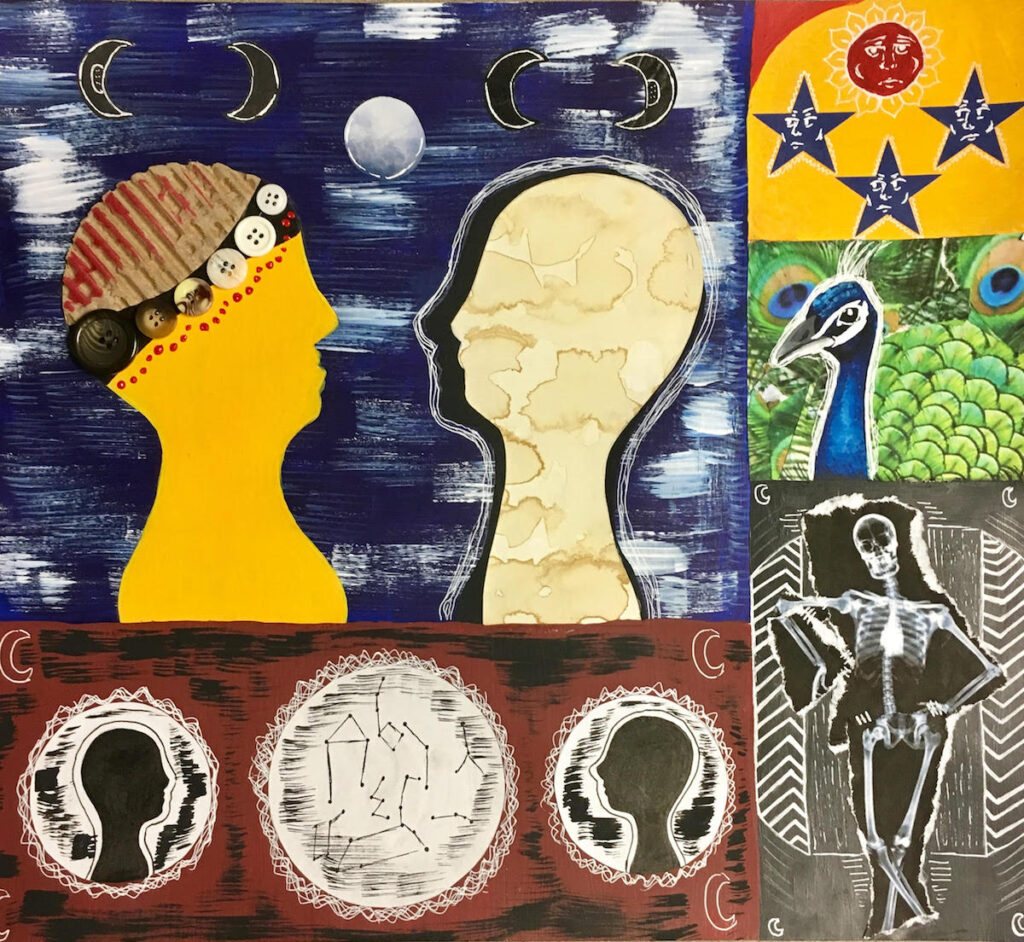
5. Have your students present their art to one another.
Students had many conversations about their work through class critiques and amongst themselves. At the conclusion of the project, I had them present their art to the class. In the future, I would consider having them present their art to the entire school because their presentations were beyond powerful.
I recommend having your students discuss what they learned about their selected master artist and how this ultimately inspired their stories. I think many of our students realize art is often more than just a pretty picture. It’s profound and deep and meaningful. It’s personal and can act as a teaching tool. I saw their work, their attitude, and their thinking go to a whole new level during this stage.
6. Encourage your students to exhibit their work.
Have your students exhibit their completed work. Even if you usually hang art in the hallway, consider a more prominent place for this display. In our school, the work hung in the main atrium. We had a lot of discussion about what it meant to curate a show of this magnitude.
I gave my students full ownership over the exhibit. I had them lead the discussion and figure out how they wanted to exhibit the 60+ finished works. I loved watching them think critically and divergently about the creative ways they could mount and exhibit their work on the walls and easels. They realized exhibiting a series of works isn’t always as easy as it would appear.
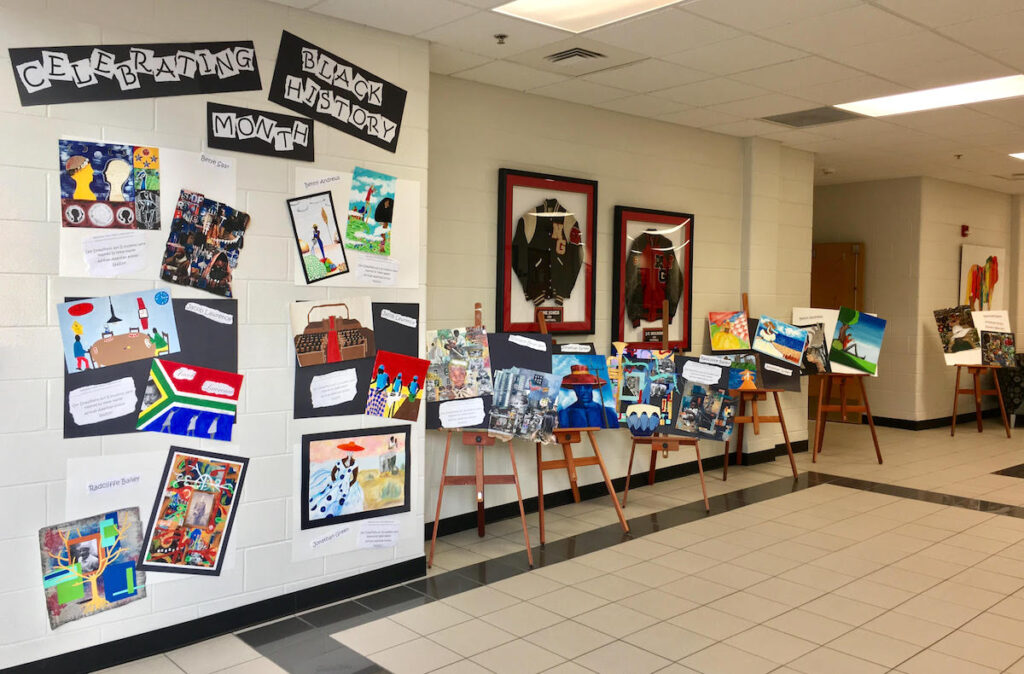
7. Take time to celebrate the learning.
It’s always important to celebrate our students’ successes! One idea is to have a community reception for the show. In my experience, inviting the community definitely created the excitement we had hoped for.
This would also be a great time to share what your students are learning with the wider school community, including your staff. During this time, I created flyers for each of the artists we learned about in class and e-mailed a few flyers to the staff every few days throughout the month. The response was overwhelmingly fabulous! Teachers were genuinely excited to learn about these artists and their lives in a simple, bulleted hand-out. This act encouraged many of them to consider how they might bring more diversity into their respective disciplines. Talk about a great way to communicate and work together!
In short, our first Black History Month celebration was a huge success. Staff, parents, families, and community members celebrated a great learning experience together through art. Seeing my students’ overwhelmingly positive reactions as their art became the central attraction that generated enthusiasm for this important month-long event was something I didn’t anticipate. I can’t wait to see what they do in the future!
Do you celebrate Black History Month in your art classes?
How do you use master artists to inspire your students to create their own art?
Magazine articles and podcasts are opinions of professional education contributors and do not necessarily represent the position of the Art of Education University (AOEU) or its academic offerings. Contributors use terms in the way they are most often talked about in the scope of their educational experiences.
